Are you fed up with irritation, ingrown hairs, or simply the repetitive chore of shaving to get rid of hair in your intimate area? Laser hair removal in the bikini area can save you the hassle of traditional methods and offer you a permanent hair reduction of up to 95%. But before you get lasered, it's perfectly normal to have questions. Is the laser suitable for the intimate area? Is laser hair removal painful? Which areas of the bikini line can be treated for women and men? Let's get straight to the point and answer your questions without further ado!

Is laser hair removal suitable for the intimate area?
Although it is a delicate procedure, yes, laser hair removal can be performed on the intimate area provided it is performed by a qualified laser professional and using a modern laser machine.
Here's what you need to know. The anatomical characteristics of the intimate or genital area make it a sensitive part of the body. The first few sessions can be a little uncomfortable for some, but with the right techniques and the right laser machine equipped with advanced cooling technology, your intimate bikini line hair removal can be done safely.
The benefits of intimate laser hair removal
Intimate laser hair removal can eliminate up to 95% of unwanted hair. This is one of the main advantages of this treatment: “smooth, silky-feel skin with virtually no hair,” but the benefits of laser treatment don't stop there! By getting rid of pubic hair with permanent intimate hair removal:
-
You'll save a ton of time and energy. Traditional hair removal methods like waxing or electric epilators are tedious, no doubt about it.
-
You no longer suffer from irritation due to perspiration or ingrown hairs and redness.
-
You no longer experience friction in tight clothing, such as jeans or sports leggings, which ensures increased comfort in everyday life.
-
You will no longer inflict cuts on yourself with the razor and the risk of inflammation or infection.
-
You will always be ready for your beach outings.
How does intimate laser hair removal work?
We often hear that hair doesn't grow back after laser hair removal. But how is this possible? It's simple: the laser emits a beam of light at a specific wavelength, which is absorbed by the melanin in the hair and converted into heat. This heat travels to the hair follicle, burns it, and finally selectively destroys it without damaging the surrounding skin.
For intimate laser hair removal to be most effective, the hair must contain a high level of melanin. The darker the hair, the better the results.
Intimate laser hair removal in women
Laser hair removal of female intimate parts focuses mainly on areas such as the pubis, labia and the intergluteal cleft.
Features of the pubic area in women
The skin covering the pubic area is generally thin and particularly sensitive, with moderate hair density. Therefore, it is strongly recommended to use a high-precision laser and adjust the settings to a medium intensity. This means an intensity that is neither too high nor too low to protect the skin from the risk of burns and irritation while effectively destroying hair follicles.
As for the labia and the intergluteal cleft, these are areas that are small and anatomically complex to target if you don't master the right techniques, especially given their proximity to the mucous membranes. It should be noted that the mucous membranes are delicate tissues and vulnerable to the heat of the laser. This is why it is essential to choose a professional laser practitioner who is fully conversant with the laser parameters and treatment administration techniques to effectively reach the follicles.
Intimate areas to be treated with laser
Intimate areas to be treated with laser in women generally include:
-
The classic bikini line: targets hair that protrudes from underwear, hair above the pubis and in the groin area.
-
The low-cut bikini line: targets hair on the sides, the top of the pubic area and at the bottom of the panties without affecting hair on the labia.
-
Brazilian bikini line: Targets hair on the labia, pubic area, and upper thighs.
-
Full bikini line: Targets all hair in the pubic area, including the labia and gluteal cleft.
However, you can also opt for a personalized style based on your desires. Let's talk to your practitioner and explain your choices!
Intimate genital hair removal in men
Laser hair removal of the genitals in men can be performed partially or completely. It extends from the pubic area, the base of the penis, the scrotum to the intergluteal cleft (depending on preference).
Features of the intimate area in men
Just like women's, the pubic area in men requires special attention as it is the most delicate part of the body. The skin is thinner and more sensitive, especially on the scrotum and the base of the penis, due to the concentration of nerve endings. Therefore, the intensity of the heat generated by the laser must be gentle to avoid any risk of burns, depigmentation and prolonged pain.
As for the nature of the hair, pubic hair is generally thicker, denser and darker due to hormones, especially testosterone, which stimulates its growth, which requires slightly higher settings to effectively target hair follicles.
This is why we insist on the importance of choosing a professional who has great technical mastery and knows how to correctly adapt the parameters according to the pubic area to be treated.
A higher number of sessions may be recommended to achieve significant hair reduction.
Intimate areas to be treated with laser
-
The pubis
-
The scrotum (testicles)
-
The base of your penis.
-
The intergluteal groove (optional).
-
Full bikini line (testicles, base of penis, pubis and intergluteal cleft)
Intimate hair removal: procedure before, on the day and after the laser session
Before the intervention
Before undergoing laser treatment for the first time, an initial consultation is required to assess your suitability for the treatment by examining your skin and hair type. You will also be able to do a patch test to ensure your sensitivity to the laser.
If no contraindications are identified that could prevent laser hair removal, the therapist will then develop a personalized treatment plan. They will also provide you with a list of recommendations to follow before finally beginning treatment, such as:
-
Stop taking photosensitizing treatments.
-
Do not wax or use an electric epilator one month before your session.
-
Do not expose the area to be treated to the sun for at least 2 weeks before the session.
-
Shave the area to be treated with laser 24 or 48 hours before the session. (see our complete guide to preparing for your laser session )
Day of the intervention
Before starting the session, the therapist will first ensure that the area to be treated is in perfect condition (no allergy flare-ups, spots or lesions in sight, etc.). If everything is in order, the laserist will then adjust the laser settings, apply an anesthetic gel if necessary and finally begin the treatment.
An intimate laser hair removal session can last between 20 and 30 minutes.
After the intervention
After the session, you may experience some redness, itching, or a slight feeling of warmth. The therapist will apply a soothing cream such as aloe vera to calm and cool the area.
The therapist will then give you a list of recommendations to follow after the treatment in order to take care of your skin between sessions, such as:
-
Avoid the sun for two weeks following the session.
-
Avoid saunas and very hot baths in the hours or two days following your session to avoid irritating the skin.
Laser hair removal in intimate areas: dangers
There are many myths about the potential risks and dangers of laser hair removal for infertility. No, laser hair removal is not dangerous for intimate areas. The lasers used for hair removal do not penetrate deeply enough to reach the ovaries or reproductive organs. To date, no cases of infertility have been reported by women or men who have undergone laser treatment.
Possible side effects
There are no major side effects observed following intimate laser hair removal apart from some temporary redness and itching which generally disappear within a few hours following the session.
Cases of paradoxical regrowth may be observed, but this is an uncommon side effect.
Conclusion
In conclusion, when performing permanent intimate hair removal, factors such as the type of skin (thin or thick) surrounding the intimate areas, as well as the density and thickness of the hair, must be taken into account so that the practitioner can adjust the treatment delivery techniques and laser settings to ensure the safety and effectiveness of the treatment. If the laser is correctly set, your hair removal treatment will go smoothly!
Intimate laser hair removal in Lausanne: where to go?
Interested in starting intimate laser hair removal in Lausanne? Book a free, no-obligation consultation with our permanent hair removal experts at SSSkin.
FAQ: We answer your questions about intimate laser hair removal
Is intimate laser hair removal painful?
The pain is moderate and depends on the areas being treated. For example, the scrotum in men and the labia in women are more sensitive areas. However, thanks to lasers equipped with integrated cooling systems, unpleasant sensations are minimized.
How many intimate laser hair removal sessions are needed?
It is generally recommended to do between 8 and 10 bikini line hair removal sessions to obtain conclusive results.
Can laser hair removal be used on intimate areas?
Yes, it is perfectly possible to use the laser on intimate areas as long as the laser parameters are correctly adjusted and the necessary precautions are taken into account.
Is laser hair removal effective on light pubic hair?
No, laser hair removal does not work on light pubic hair. To get rid of light pubic hair, you can consider electrolysis as a permanent solution.
How long does it take for pubic hair to fall out after laser treatment?
After the first session, pubic hair will take between 2 and 3 weeks to fall out.
How much does intimate laser hair removal cost?
The cost of laser hair removal for intimate areas varies depending on the areas treated: the labia, thighs and gluteal cleft each start at CHF 41, the pubic area starts at CHF 104, and the entire bikini line starts at CHF 209.
Does pubic hair grow back after laser hair removal?
After laser hair removal, pubic hair does not usually grow back, but finer, lighter hair may appear over time due to hormonal changes such as menopause and pregnancy, possibly requiring maintenance sessions.




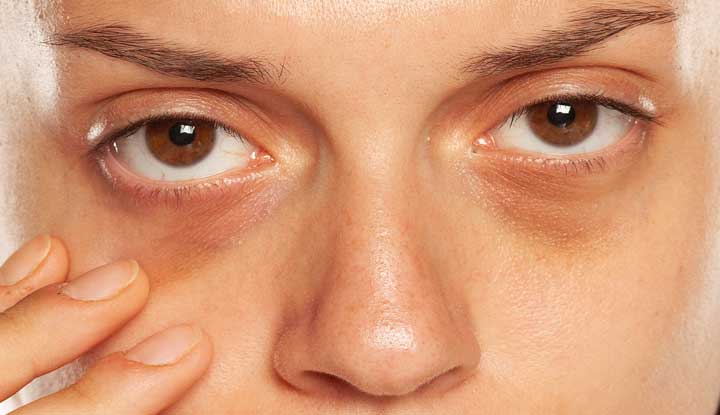
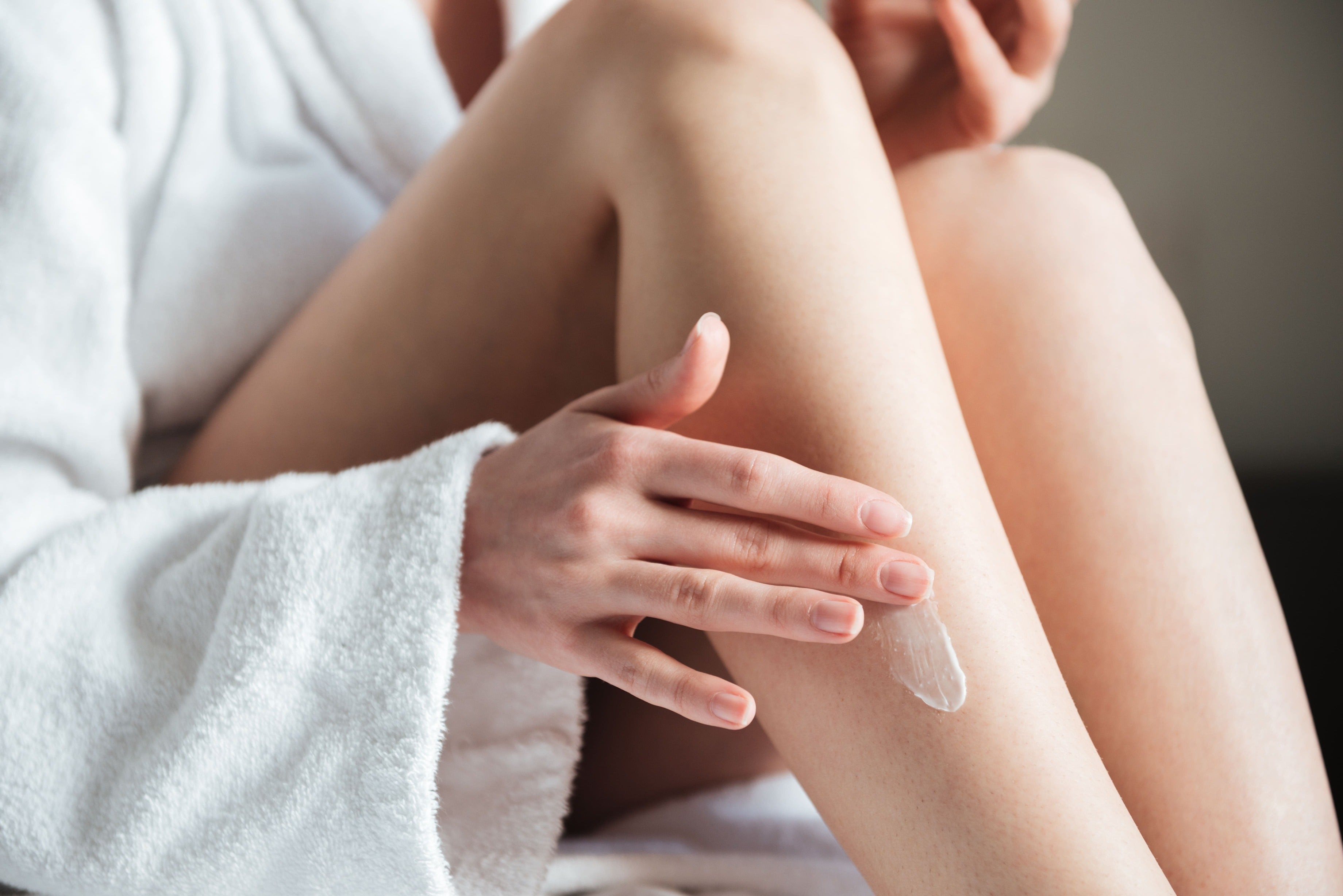
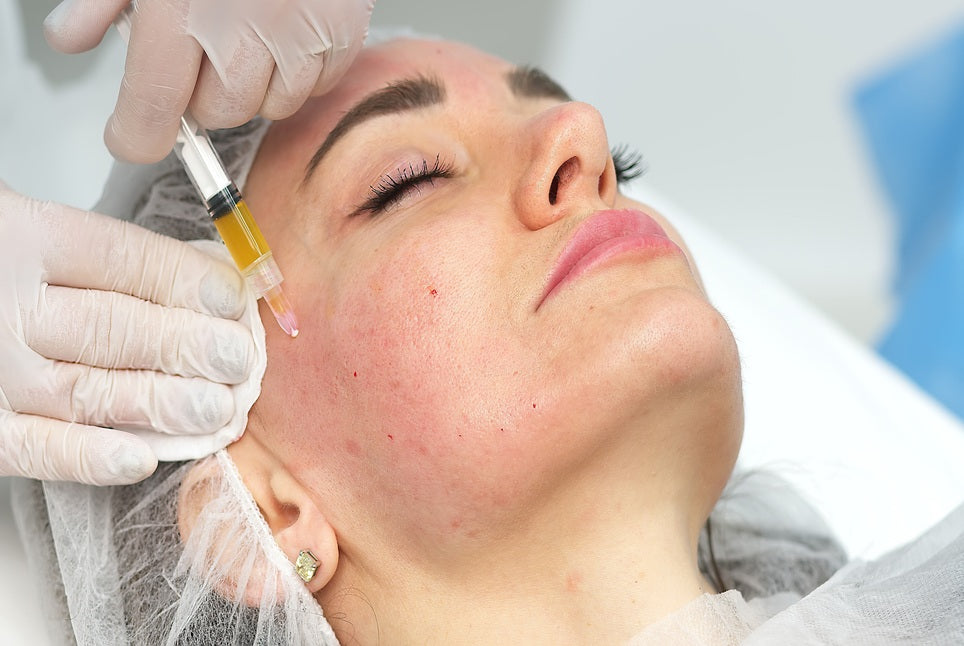

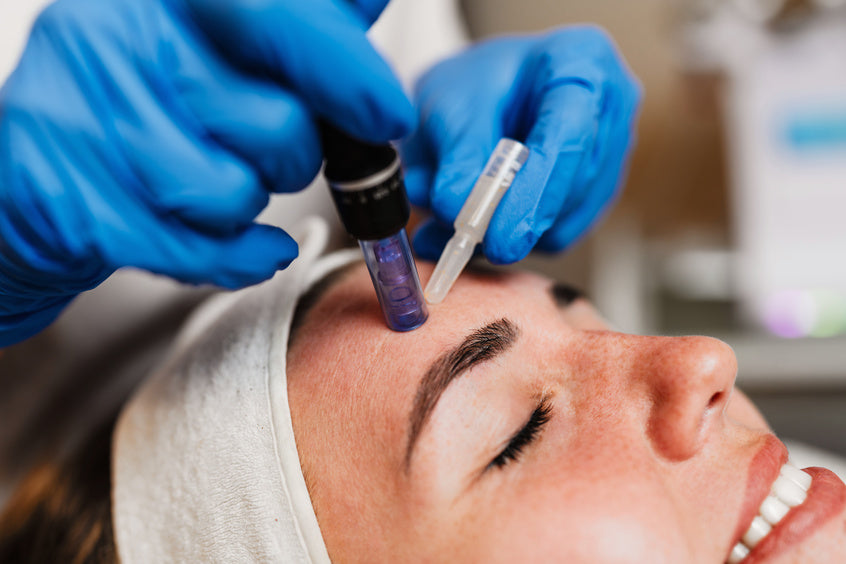
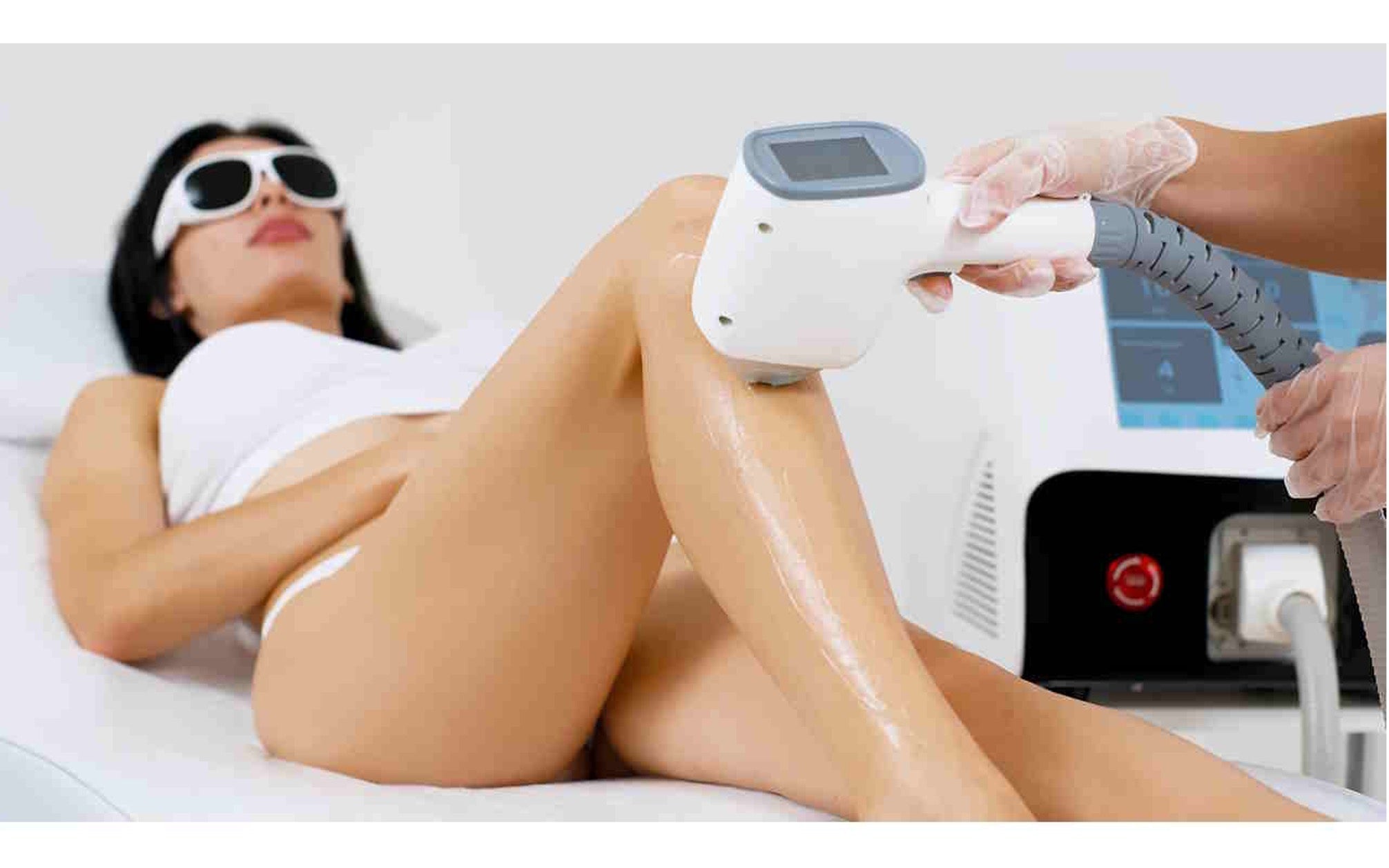



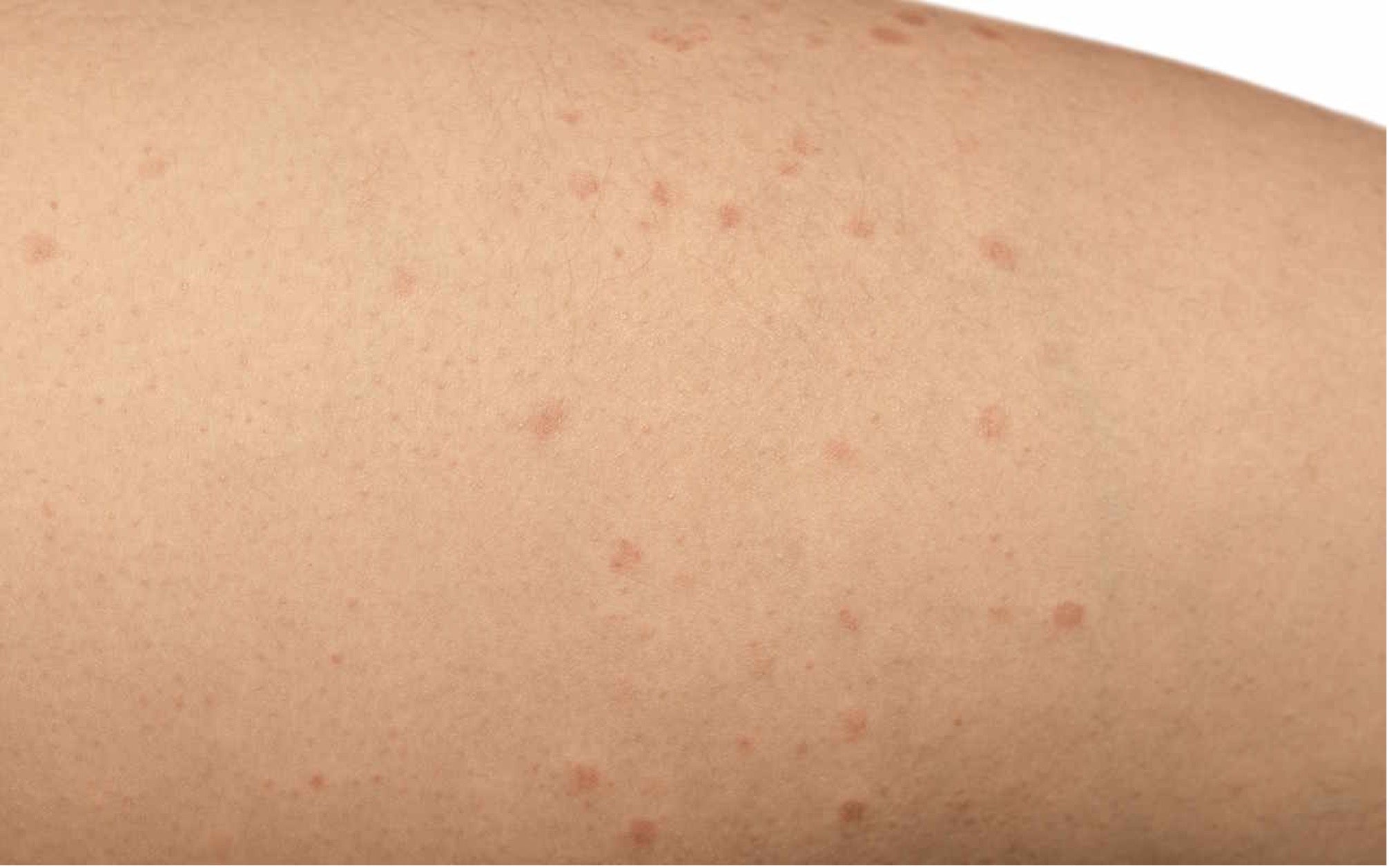
Share: